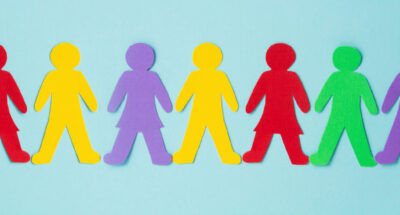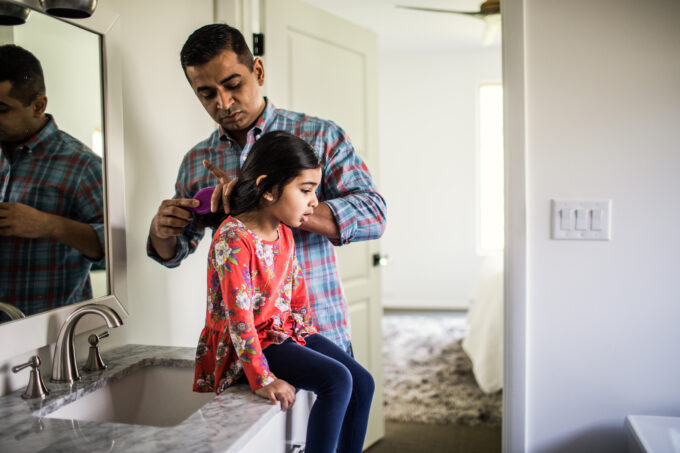Race and ethnicity are often combined and frequently confused. While race is a social construct used to describe a group of people who share physical attributes – most notably in how skin color was defined to justify enslavement in the US, segregation as part of the Jim Crow laws, or during the apartheid period in South Africa – ethnicity, on the other hand, refers to a shared cultural background, history, or descent.
Most countries define people by their ethnic groups. For example, Latino or Aboriginal/First Nation Australian. Although there are approximately 87 ethnic groups in Europe alone, marketers tend to take a broad approach to ethnicity when thinking about inclusion using White, Black/African, South Asian (Indian, Pakistani/ Bangladeshi), East/Southeast Asian, Indigenous people (e.g., Native American, Māori New Zealanders etc.), and Hispanic/Latino/Latina.
Awareness of the basic need to depict more people from different communities of color has been on the rise, even before the Black Lives Matter protests of 2020. Yet these efforts are still often fraught with mistakes and misunderstandings. Tokenism is still an issue when it comes to the representation of all minority ethnic groups, and people of color are twice as likely (according to Getty Images VisualGPS studies) to appear only as part of a multi-ethnic group than a white person. The risk here is that representation backfires when people feel they are only being shown to fill a quota.
With the rise of hate crime incidents against certain races and ethnicities during the pandemic, the need to depict cultures and communities more authentically has never been more important.
Here I outline some of the common mistakes organizations still make when considering race and ethnicity in their imagery:









 Audio available
Audio available